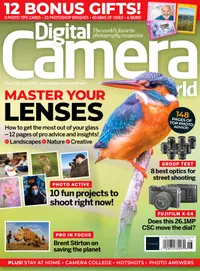Chloe Dewe Mathews reveals the source of her Thames Log photo series
Her new work explores humanity’s relationship with water and is on display at the Bristol Photo Festival until 29 August
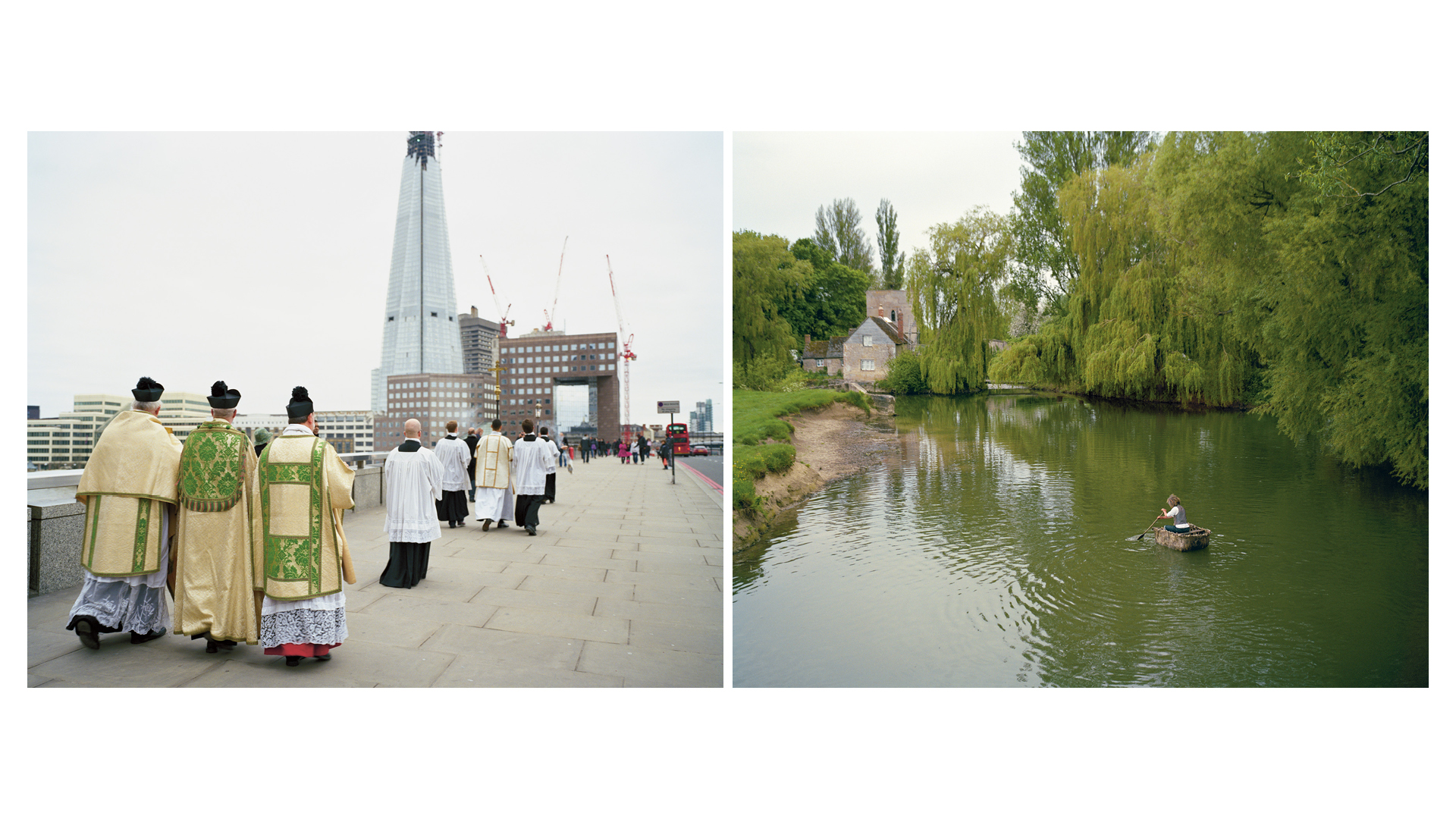
You could say that a river runs through the latest book by the photographer Chloe Dewe Mathews – in more ways than one.
Thames Log is a series of photos made by Dewe Mathews between 2011 and 2016 – images that are sequenced in book form in a very interesting way.
The viewer’s journey starts at the head of the River Thames near Kemble in Gloucestershire and ends at the Thames estuary, where the river flows into the North Sea.
But the photographs flow through the volume by going against the normal conventions of book form – some images bleed off the edge of the page, with the rest of it continuing on the following page.
It’s a clever technique and mimics the flow of the river itself, from source to sea. Yet it doesn’t impact on being able to enjoy the photographs, as the images split over two pages are used to link the main photos.
Thames Log is Dewe Mathews’ fourth book, and follows Caspian: the Elements. But whereas that book examines the relationship between humans and natural resources on the shores of the Caspian Sea between Europe and Asia, Thames Log uses a river to examine how humans relate to the landscape, and the part that rituals – religious and otherwise – continue to play in this relationship.
Ahead of the Thames Log exhibition opening as part of the Bristol Photo Festival, we asked Chloe to tell us more about the project and how it came together.
The best camera deals, reviews, product advice, and unmissable photography news, direct to your inbox!
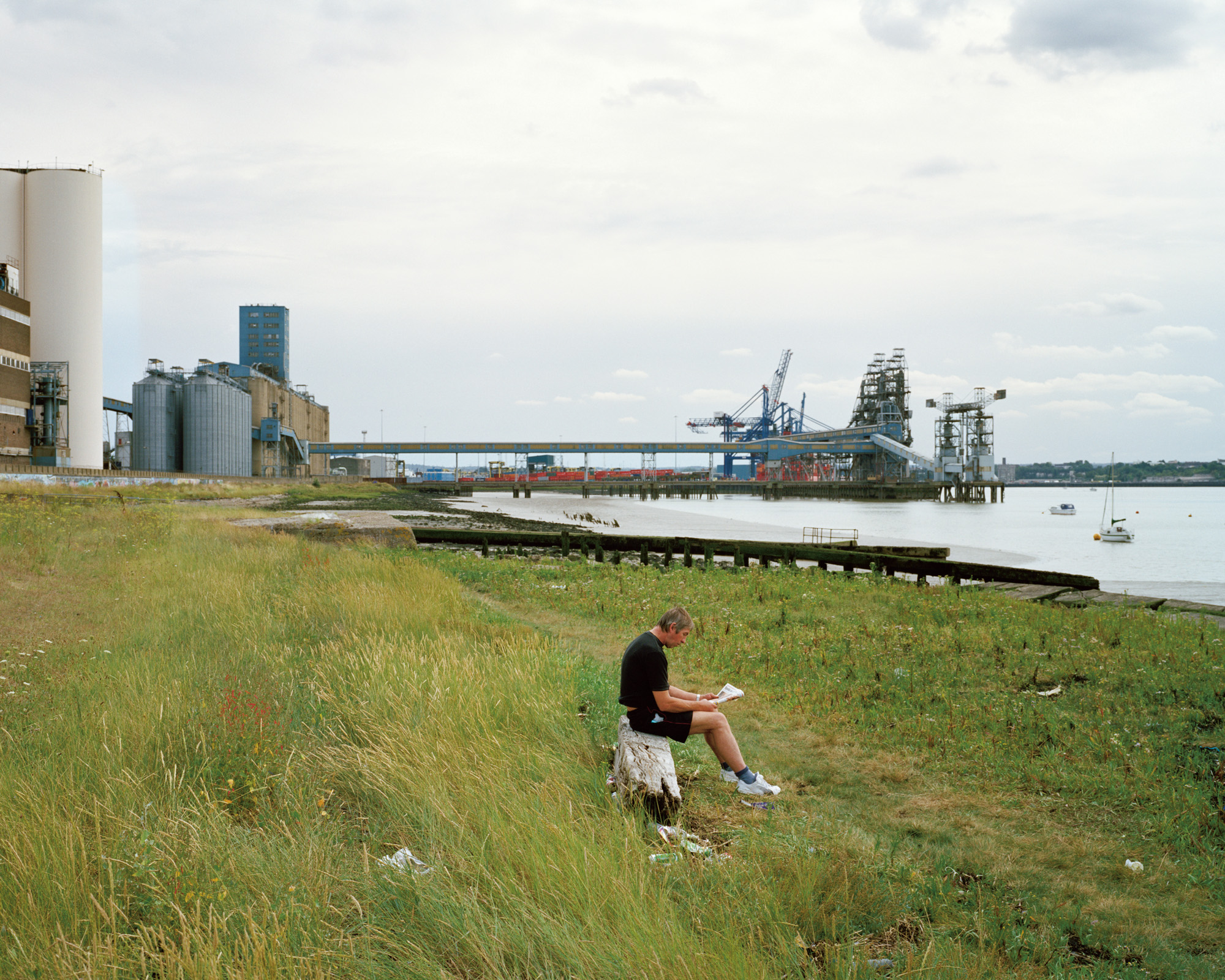
What was the origin of Thames Log?
I started Thames Log in 2011, as a reaction to Caspian: The Elements, a project I was working on at the same time. Back then I was regularly travelling to the Caspian region, returning to London in between shoots, staying in the house where I grew up, only a short walk from the river.
During that period I often looked at the Thames and found myself reflecting on the relationship a modern European society like Britain now has with water, comparing it to what I had seen in Central Asia where Sufi rites and rock shrines are commonplace.
I remember feeling frustrated that we didn’t engage with our natural surroundings that way any more. So that was my starting point.
As the project unfolded, I realised I wanted to focus on overlooked stories – not the more popularised Thames image of university rowing races or estuarine relics of an industrial past. Instead, I became interested in people’s personal relationships with the river, and those of small communities that perform rites along its banks.
It was quite a revelation for me: to explore a place I’m from, that I’m so familiar with, through fresh eyes. The things I eventually came across on my own doorstep really surpassed anything I’d anticipated. That was so exciting.
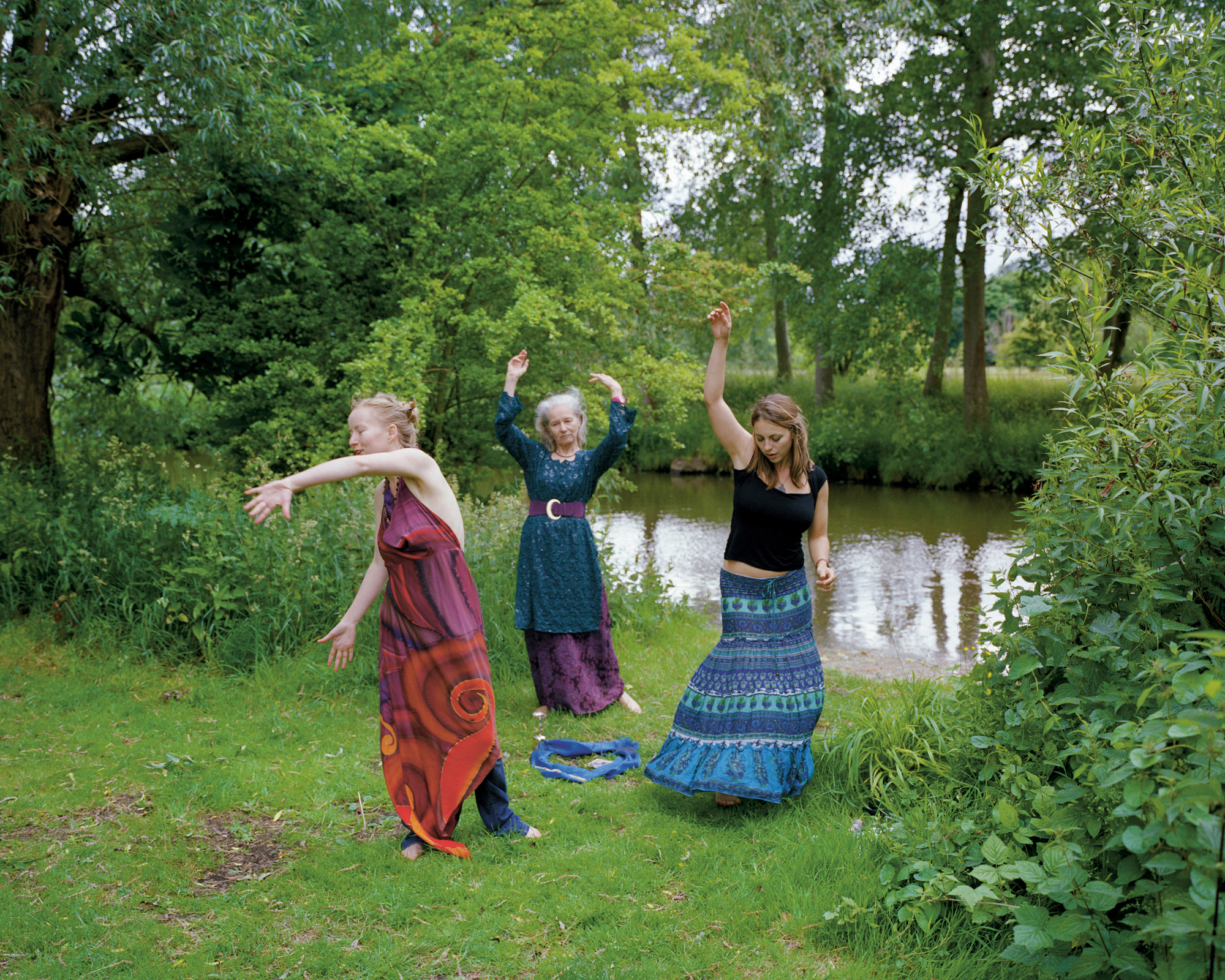
You started photographing the series between 2011 and 2016 – which camera setup did you use for the project?
I used a Mamiya 7 throughout, with a 65mm lens and an 80mm lens, so it was a very simple setup. The process took a long time – I wandered along particular stretches, sometimes for days at a time without any subject matter materialising.
Most of the time I was wandering around, thinking my own thoughts and taking one or two pictures, but occasionally I would come across something of interest or spoke to someone who directed my attention towards something relevant. Some of the rituals I was trying to photograph only happened once a year.
Occasionally I found out about a particular event just after it had happened, so then had to wait for a year to photograph it. So it did actually become quite a protracted process. But gradually, things began to take shape, and five years after starting, I had enough material to make a book.
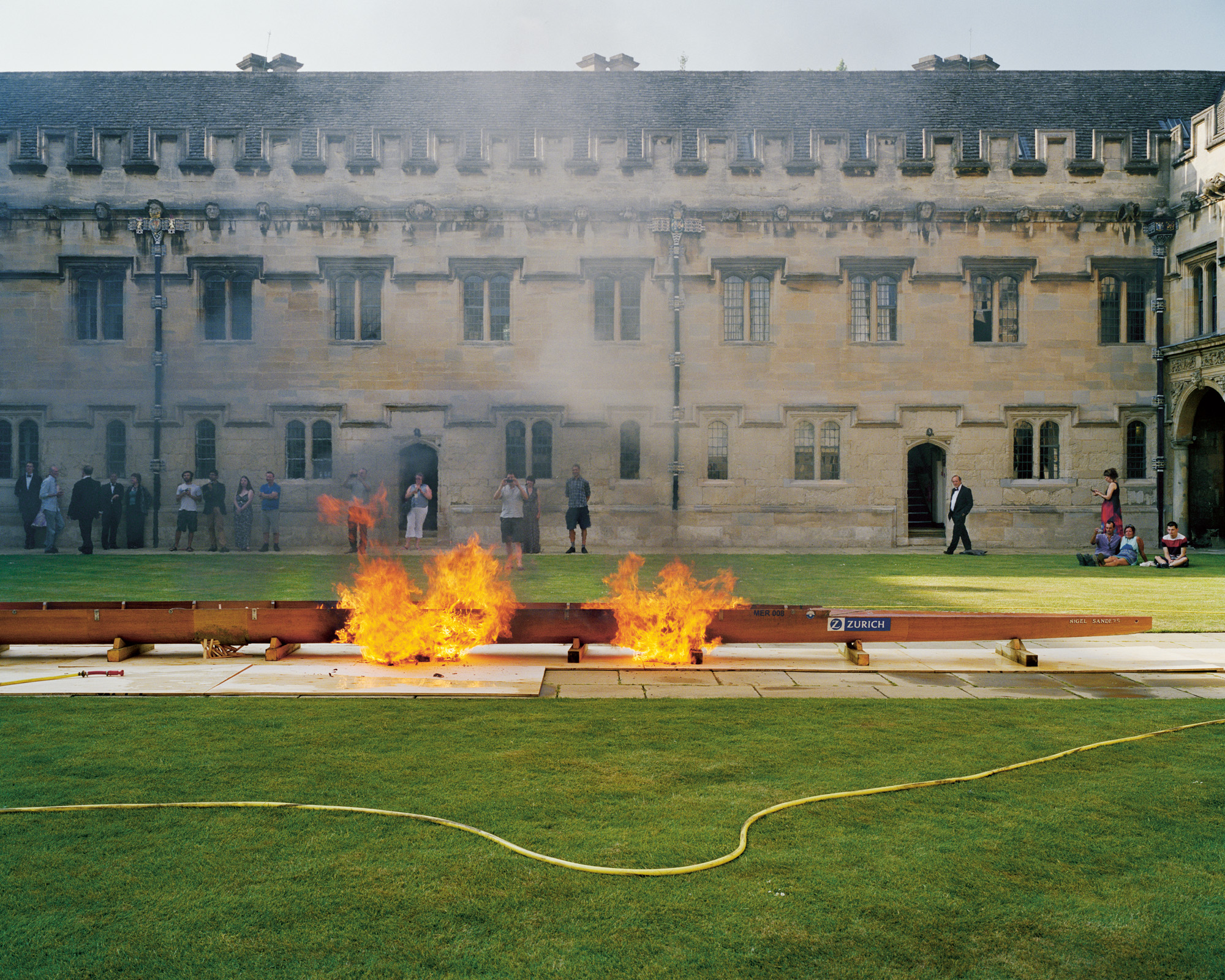
You photographed quite a range of characters for Thames Log. What were the most memorable encounters you had while producing the work?
The boat burning in Oxford was pretty exciting, partly because it doesn’t necessarily happen every year. The college rowing crew that wins the Summer VIII’s regatta, the university’s internal rowing competition, parades through the streets with the cox sat on top of the rowing boat.
They arrive at their college in whichever quadrangle they’re going to position the boat, then burn it. The scene felt genuinely anarchic, almost Viking, with echoes of things I’d seen in the Ghats in Varanasi, so I was particularly excited to frame that raw spectacle against the backdrop of this historic English institution. It was serendipity that I happened to be there on that day.
Another memorable moment was my encounter with the ship-spotters at Tilbury Ferry Terminal. I saw these three guys sitting in a shelter on the jetty, where the ferries come in. They were there day after day, chatting to each other and jotting things down in notebooks.
Eventually I asked them what they were doing. I thought that there was something wonderful about this activity, especially in Tilbury, a place that had received so many extraordinary boats and arrivals from overseas.
I loved the sight of these men, keeping their vigil, their curiosity for the ships taking them to distant shores without actually leaving home.
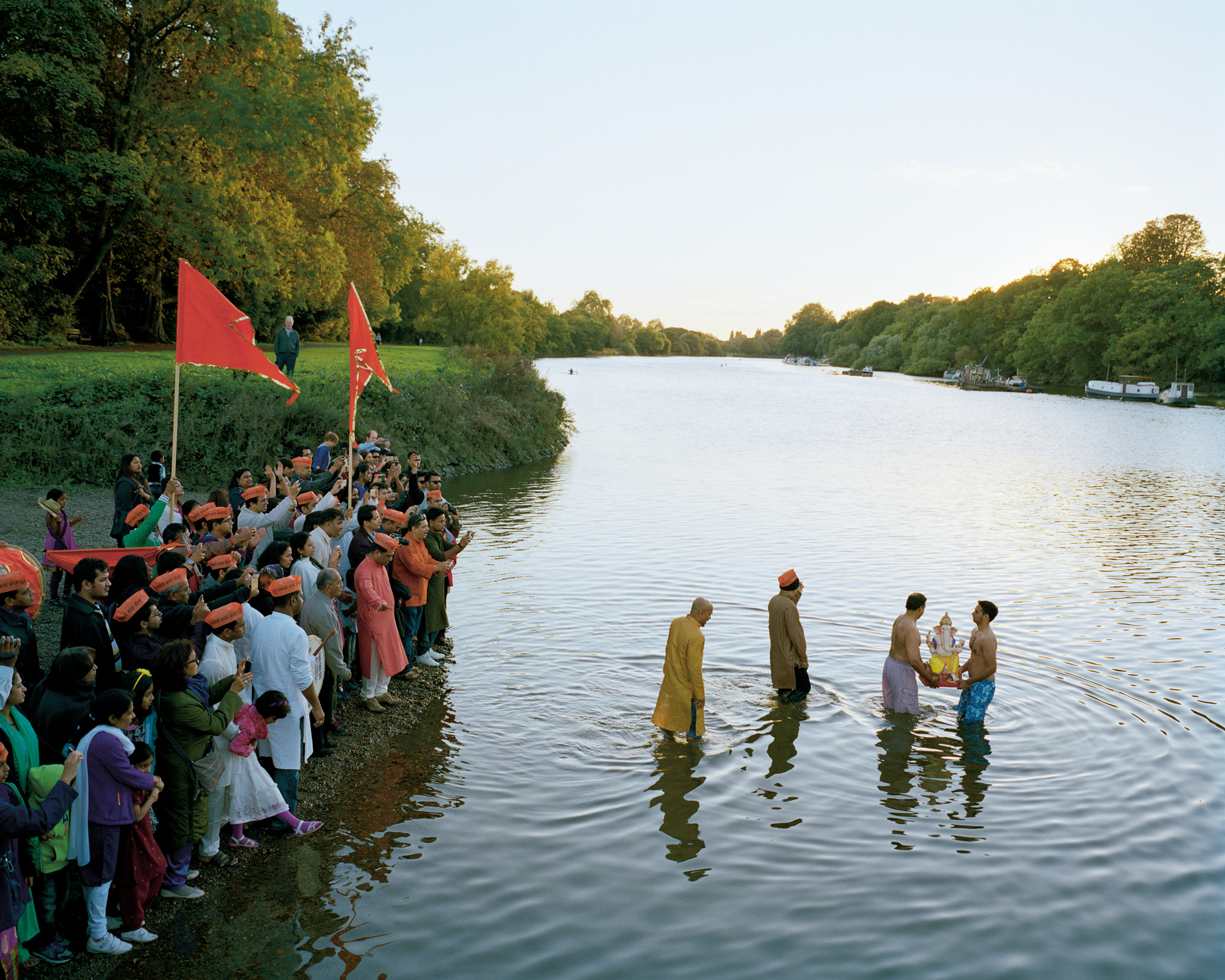
And you photographed lots of rituals on the river…
On the one hand there are classic religious rituals, but there are also quieter, private rituals; a man going every day to the same spot on the water’s edge to read his paper. The Thames seems to inspire these kind of cyclical activities and the rhythm of that echoes the ebb and flow of the tide – there’s a beauty in that.
When it comes to the river reinventing itself, what are the biggest changes you’ve witnessed?
The way that parts of London, from Putney to Vauxhall and so on, have changed over the last five to 10 years is just shocking.
It has been completely transformed from places that used to have neighbourhoods into an uninterrupted stretch of glass towers – semi-occupied luxury flats. That is a pretty huge change that I’ve noticed during the last decade.
It’s hard to know, given everything that has happened over the past year, how the pandemic will affect the city and, as a result, places outside the city, because so many people seem to be leaving cities.

There was one photograph you weren’t able to get for Thames Log, but there was a happy ending. Can you tell us about that?
Yes, the extraordinary story of the Doves Type. It was something I’d read about in a piece in one of the Sunday supplements, talking about some lead type that had been discovered in the Thames after 100 years lying on the river bed. [Following a fall-out with the co-founder of his type foundry, Doves Press, T J Cobden-Sanderson threw a ton of lead type over Hammersmith Bridge in 1917.]
After reading about it, I immediately contacted Robert Green, the type historian and graphic designer who had discovered a few pieces of the type and had commissioned divers to go and find more.
He told me that another dive was due to take place, which is what I was hoping to photograph, but in the end it never happened.
So I missed out on being able to photograph the type being retrieved from the river – but I was still able to involve the story by having the book typeset in Doves Type [a digital revival based on the type specimens that were found in the Thames.] For me that was a real excitement. It’s a fascinating story, isn’t it?
See the Thames Log exhibition and buy the book

Thames Log is on display until 29 August 2021 at the Martin Parr Foundation (316 Paintworks, Arnos Vale, Bristol BS4 3AR) as part of the Bristol Photo Festival.
Thames Log (ISBN 978-1-912719-19-8) is co-published by Loose Joints Publishing and the Martin Parr Foundation, RRP £40 ($55).
• A longer version of this interview appeared in issue 239 (March 2021) of Digital Camera World magazine. You can buy limited back issues in print at our Magazines Direct secure store.
Alternatively, there is a range of different digital options available, including:
• Apple app (for iPad or iPhone)
• Zinio app (multi-platform app for desktop or smartphone)
• PocketMags (multi-platform app for desktop or smartphone)
• Readly (digital magazine subscription service)
Digital Camera World is the world’s favorite photography magazine. Every issue is packed with the latest news, reviews, tutorials, expert buying advice, tips and inspiring images. Plus, every issue comes with a selection of bonus gifts of interest to photographers of all abilities.
Read more
The best cameras for landscape photography

Niall is the editor of Digital Camera Magazine, and has been shooting on interchangeable lens cameras for over 20 years, and on various point-and-shoot models for years before that.
Working alongside professional photographers for many years as a jobbing journalist gave Niall the curiosity to also start working on the other side of the lens. These days his favored shooting subjects include wildlife, travel and street photography, and he also enjoys dabbling with studio still life.
On the site you will see him writing photographer profiles, asking questions for Q&As and interviews, reporting on the latest and most noteworthy photography competitions, and sharing his knowledge on website building.
